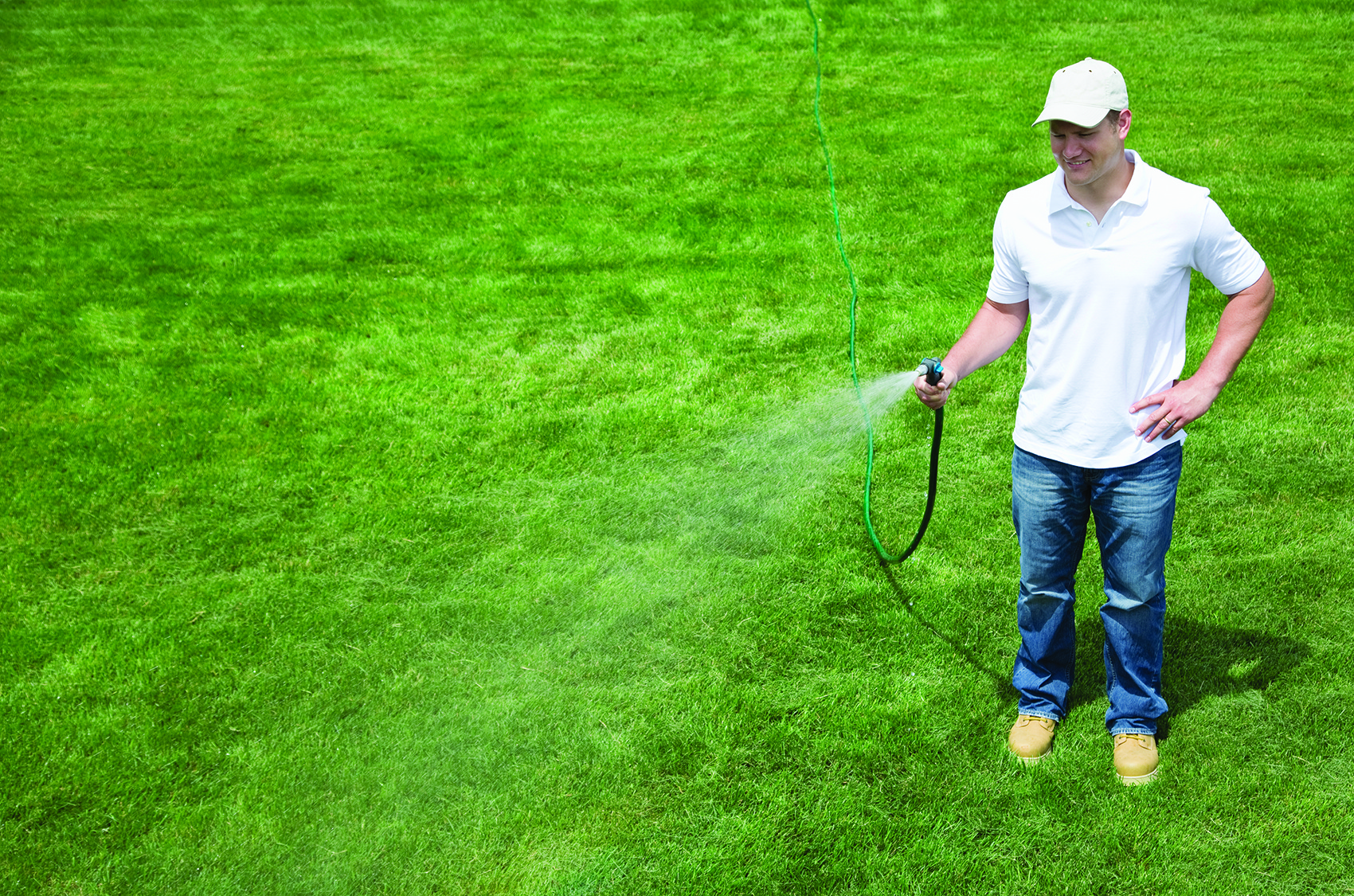Landscaping is typically viewed as a chore by homeowners, many of who enjoy doing some work on their lawns and gardens. But only few homeowners may recognize the potential dangers of lawn maintenance.
The Consumer Product Safety Commission reports that more than 230,000 people per year are treated for various injuries resulting from lawn and garden tools. Common injuries include loss of fingers, lacerations, broken and dislocated bones, eye injuries, and burns. Many of these injuries are entirely preventable if homeowners prioritize safety when tending to their lawns and gardens.
Understand the equipment
Homeowners should not assume they know how to use all of the tools necessary to maintain lush lawns and bountiful gardens. Familiarize yourself with the proper operation of manual and motorized equipment by reading the owner’s manual thoroughly, making special note of recommended safety guidelines.
Take some time to locate the power buttons and other parts by comparing them to illustrations in the guide. Once you feel comfortable handling the equipment, then you can begin to use it.
Wear appropriate protective gear
Failure to wear protective gear can lead to injury. Personal protective equipment includes gloves, eye protection, ear protection, boots, and a hard hat if necessary. When working during visibility conditions or at night, wear a reflective vest.
Other protective items include a hat to shade your eyes from the sun’s rays. Sunscreen will protect the skin from UVA and UVB radiation. Long pants and sleeves can guard against flying debris.
Watch your surroundings
Thousands of injuries occur to children and pets who get hurt around mowers. It’s best if children and pets remain indoors when homeowners are mowing or using other power equipment that may kick up debris. Children under the age of 12 may not have the strength or ability to operate lawn tools. Also, never make a game of riding a child on a riding mower. Nobody under the age of 16 should operate riding lawn mowers.
Get approval before digging
It’s difficult to know what is beneath the ground without having a property surveyed and marked. Digging without approval can result in damage to gas lines or water/sewer pipes. Always check with the utility company before digging trenches or holes.
Unplug or turn off all equipment
When not in use, keep lawn equipment off. Do not try to repair or fix a snag or obstruction in equipment while it is on. Don’t modify the equipment in any way, such as removing protective guards.
Exercise caution with chemicals
Follow manufacturers’ safety instructions when using pesticides or fertilizers. Avoid application on windy days or right before a rainstorm, as this can spread the product and damage the ecosystem. Keep people and pets away from treated areas.
Maintaining the yard is both a necessity and a hobby. Homeowners who prioritize safety can greatly reduce their risk of injury.









